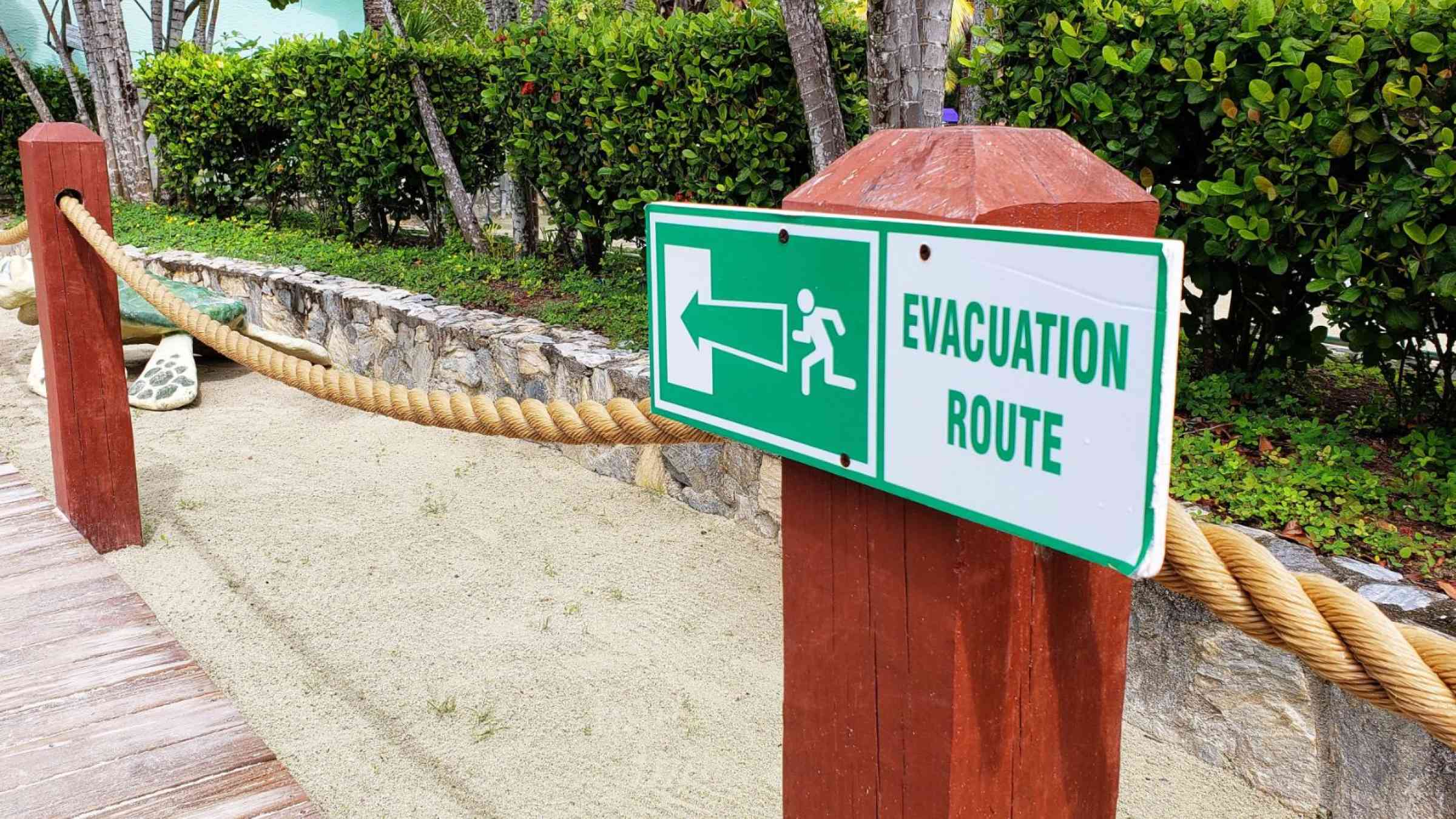Disaster prevention in the Caribbean: a buoy for the future

In the last 23 years in the Caribbean region, geological hazards have impacted over 445,000 people and caused US$ 14 billion of damage; and biological hazards have affected over 715,000 people. Tropical cyclones, storm surges, heat waves, droughts and other hydro-meteorological (hydromet) and climate extreme events have impacted around 400,000 people and wreaked US$ 137 billion of damage in the region. The IPCC Special Report on Global Warming of 1.5°C 2018 and its Sixth Assessment Report 2021 each found what events in the region continue to show: that these hazards are mounting in both frequency and severity, and the lack of effective multi-hazard early warning systems (MHEWS) is reducing the capacities of people to act early and increasing their disaster risk – particularly those in Least Developed Countries (LDCs) and Small Island Developing States (SIDS).
At COP 21, nine months after UN Member States adopted the Sendai Framework for Disaster Reduction, the French Government launched Climate Risk and Early Warning Systems (CREWS): an initiative to support the LDCs and SIDS most vulnerable to hydromet and climate hazards through its implementing partners, the World Meteorological Organization (WMO), UN Office for Disaster Risk Reduction (UNDRR) and World Bank/Global Facility for Disaster Risk and Recovery (GDFRR).
Operating in 14 countries and regions worldwide, CREWS projects foreground countries and expert partners, who collaborate with the implementing partners to reduce losses in lives and livelihoods from climate change. The CREWS Steering Committee, comprising eight member countries, six observer countries and four observer organizations, contributes to the initiative’s Trust Fund and oversees its operations.
In December 2017, in the catastrophic wake of Hurricanes Irma and Maria, the implementing partners of the CREWS Caribbean initiative assessed the regional and national capacities for hydromet early warning systems. They found that the Caribbean lacked robust, gender-inclusive and people-centred MHEWS. Such systems can equip people with timely, inclusive and accessible warnings of a range of hazards and impacts as well as their interrelated effects.
The CREWS Caribbean initiative’s purpose is to support Caribbean countries and the whole region in their efforts to increase their weather and climate services and to generate and communicate effective, impact-based and gender-responsive MHEWS and risk information. At CariCOF 2018, the implementing partners introduced three project components for achieving this:
Component I: Designing a regional diagnostic and road map to strengthen hydromet and early warning services for 15 Caribbean Community member countries
Component II: Strengthening and streamlining the institutional capacity of participating countries in early warning and hydromet services
Component III: Implementing national-level pilot activities to comprehensively strengthen early warning systems with people-centred MHEWS
In 2019 the CREWS Caribbean initiative progressed in each component, with a draft regional diagnostic and road map, national and regional workshops, an agreement between WMO and CMO to develop eight national strategic plans and draft model legislation for two national Meteorological Bills, and four pilot activities:
- Establishing an operational blueprint for hydromet hazards
- Developing a regional multi-sensor precipitation grid
- Supporting the transition to impact-based forecasting
- Developing a regional emergency alert system
The COVID-19 pandemic soon disrupted the progress. Not only did it add to the region’s existing hazards, it also compounded their risks. Despite this, the road map was completed; following an internal review it will be submitted for consideration at the highest political level in the Caribbean. National workshops for gender and vulnerable groups on early warning systems were also held, an integrated river flood forecasting system was developed in Haiti and the Dominican Republic, and Jamaica launched a weather app through its BReTCAT project. Existing national and regional capacities for MHEWS were mapped and integrated into the situation analysis prepared for 14 CDEMA Participating States.
By 2022’s end, all pilot activities were completed with the following outputs: two strategy documents for flood-integrated early warning systems were produced for Jamaica and Saint Lucia; a multi-sensor precipitation grid prototype was completed for Barbados, Martinique, Saint Lucia and Saint Vincent and the Grenadines; a series of seven webinars on impact-based forecasting implementation was presented to eight countries; and a technical analysis for the development of a regional emergency alert system was completed and presented to regional and national stakeholders.
The partnership between CREWS and UNDRR provides a key opportunity to muster regional and international support for reducing disaster risk in the Caribbean. Aligning with the Sendai Framework, Sustainable Development Goals and Paris Agreement on Climate Change, along with other global development goals, CREWS and UNDRR work towards a risk-resilient future for the region.
As climate change accelerates, however, the Caribbean’s risks increase. Natural hazards are inevitable, and while they may be getting worse, the work of regional and national organizations, supported by the CREWS initiative through its implementing partners, has shown that adequate funding and effective design, implementation, and monitoring of early warning systems with a multi-hazard approach can help prevent these hazards from becoming disasters.